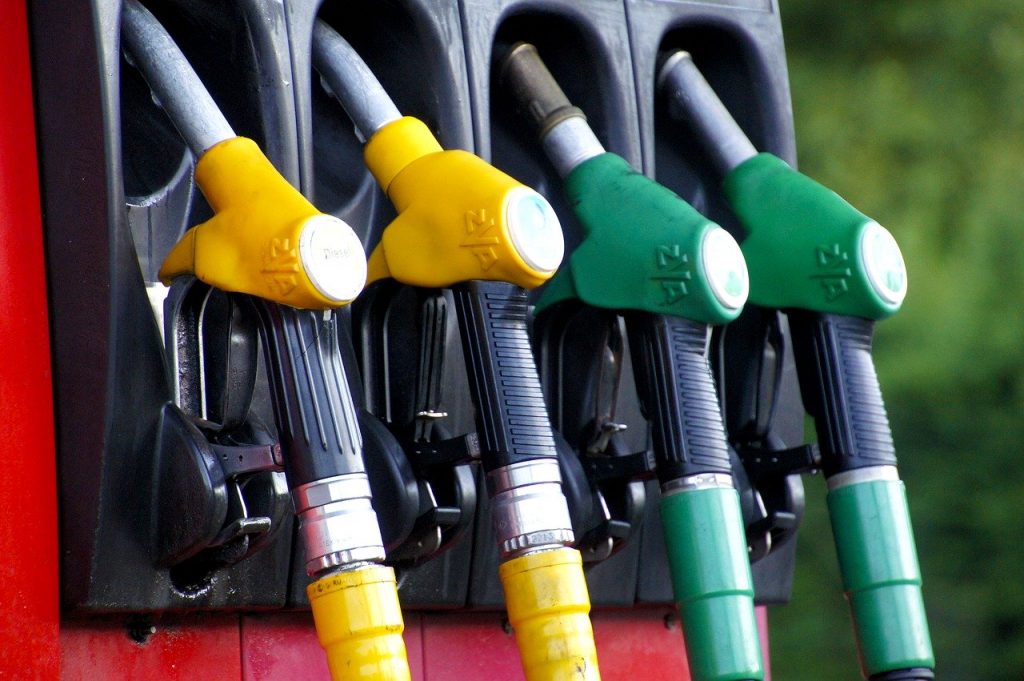Overall, ethanol is taken into consideration better for the surroundings than petrol. Ethanol-fueled cars produce decreased carbon dioxide emissions and similar or lower ranges of hydrocarbon and oxides of nitrogen emissions. Click here https://queryplex.com/
E85, a combination of eighty-five percent ethanol and 15 percent petrol, has fewer unstable additives than gasoline, which means fewer gasoline emissions from evaporation. Adding a decreased percentage of ethanol to petrol, together with 10 percent ethanol and ninety percent petrol (E10), reduces carbon monoxide emissions from petrol and improves gasoline octane.
Flexible-fueled automobiles that could use E85 are widely available and are available in many exclusive styles from maximum primary automobile producers. E85 is likewise widely to be had at a growing variety of gas stations throughout the US. Flexible fueling vehicles have the gain of being capable of using E85, petrol, or an aggregate of each, permitting drivers to choose the fuel this is maximum effectively available and exceptional ideal to their wishes.
Let’s find some more interesting topics like these here density of ethanol
Since ethanol is a spinoff of commonly processed corn, ethanol production helps farmers and creates domestic jobs. And because ethanol is produced domestically, from domestically grown vegetation, it is the U.S. Market chief on overseas oil. It reduces the dependency on energy and will increase the energy independence of the USA.
Being capable of growing ethanol-generating crops reduces the pressure to drill in environmentally touchy locations and the need to expand components from fracking.
Drawbacks Of Ethanol
Ethanol and different biofuels are frequently promoted as smooth, low-cost alternatives to petrol, but the production and use of ethanol are not all effective. The fundamental debate approximately corn and soy-primarily based biofuels is how an awful lot land it takes up from meal production. Also, commercial corn and soy cultivation are harmful to the environment in a different ways.
Growing corn for ethanol involves large quantities of synthetic fertilizers and herbicides. Corn manufacturing, in popular, is a common source of nutrient and sediment infection. Also, the standard practices of business corn farmers, versus industrial and nearby food farmers, are usually taken into consideration as extra environmentally hazardous.
The mission of developing sufficient vegetation to fulfill the needs of ethanol and biodiesel production is giant and, some say, impossible. According to a few officials, generating sufficient biofuel for vast adoption ought to imply changing most of the arena’s closing forests and open spaces into agricultural land – a sacrifice few would be inclined to make.
In 2005 observe, Cornell University researcher David Pimentel looked at the energy required to develop vegetation and convert them into biofuels and concluded that generating ethanol from corn required 29 percent extra electricity than ethanol. That which is capable of producing.
As with many issues surrounding transportation and the environment, answers are never clean and require additional investigation. As we circulate alongside the ‘Road to Zero’, there might be a gap between individuals who nonetheless have petrol-powered cars and people who have long past ‘all-electric powered’.
But is it a panacea for the environmental troubles we are facing until the USA turns into truly “all-electric”?
Ethanol is a relatively low-cost alternative gasoline that boasts much less pollution and extra availability than combined petrol, but this new form of fuel has many advantages and disadvantages.
For environmental purposes, ethanol is much less dangerous than combined petrol. Carbon monoxide manufacturing from ethanol gasoline is notably lower than from gas engines, and ethanol is less complicated to supply because it comes from processed corn. This approach that it also allows farms and production economies.
The negative aspects of ethanol and different biofuels encompass the usage of agricultural land for industrial corn and soy improvement in place of food plants. In addition, biofuels are not for all cars, particularly older cars. There is some resistance from the automotive industry concerning adding biofuels to the marketplace. However, many automakers are adopting low-emission automobile requirements, which require cars to apply ethanol blends as opposed to non-mixed petrol.
The use of easy feedstock because the primary aspect of the first technology biofuels gave rise to the “meals versus fuel” debate, which notion of the value of first-era biofuels as an environmentally pleasant alternative to petroleum. In casting off arable land and feedstock from the human meals chain, it changed into argued that biofuel production could have a direct effect on meals tariffs for clients. Critics of biofuels claimed that as a call for raw fabric multiplied, farmers should promote their flora to better-paying biofuel producers than their traditional consumers, as a result, of the food shortage and expanded rate of growth. Will be, however, with the reason that introduction of first-era biofuels, there was an international jump in food expenses and food shortages. Got here, in particular in 2007 and 2008, with supporters putting forward that they will be held accountable for rising petroleum tariffs. , and no longer for biofuel production. During that dialogue, cellulosic ethanol emerged in 2006 as an opportunity for first-technology ethanol, as it can use waste and non-edible flowers are grown on low-excellent land. Many energy crops require less fertilizer than the meal plants utilized in the advanced generation of ethanol.

